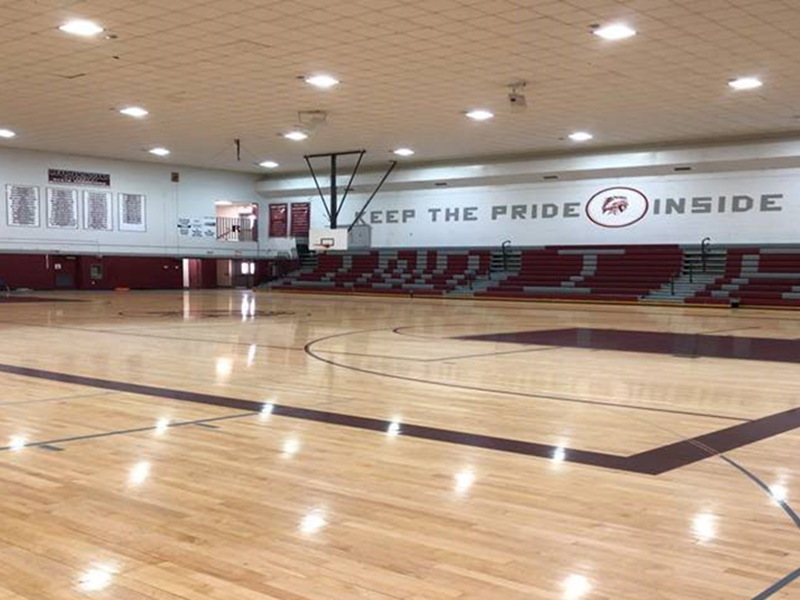
From the 1930s through 1979, companies manufacturing fluorescent lights used polychlorinated biphenyls, or PCBs — a group of 209 human-made compounds that generally occur as complex mixtures used in in heat transfer fluids in electrical transformers, capacitors, and more. They were finally banned in the 1970s, however PCB-containing light ballasts can still be found in older buildings that haven’t been fully renovated since that time. What’s worse, these ballasts can crack and leak into ceiling tiles, carpeting, and sometimes even drip onto people.
Together with the Washington Department of Health (DOH), the Office of the Superintendent of Public Instruction (OSPI), and industry and environmental stakeholders, we're working to identify and take action against exposure to PCBs in Washington. Working with our partners, we developed a chemical action plan to reduce or eliminate the use of these chemical compounds. Part of that plan involves reimbursing schools that replace their PCB-containing lamp ballasts with more energy-efficient PCB-free fixtures.
One of those, a school in the Reardan-Edwall area, recently became the first to take advantage of this reimbursement program. By filling out an application and verifying that it meets the criteria, the school qualified for up to $10,000 in assistance with the costs of removing, disposing of, and replacing 30 old light ballasts. We also provided them with contact information for waste management companies to help them dispose of the waste.
Their success is an excellent example of how easy it is to take advantage of Ecology’s reimbursement program. Any public or tribal school in Washington can simply fill out an application, receive notification of qualification status, perform the approved work, and submit the reimbursement voucher. It’s that easy, and schools will be taking a proactive, positive step toward keeping their students, staff, and community safe from these lingering dangerous chemicals.
To learn more about the PCB-light ballast replacement program.

